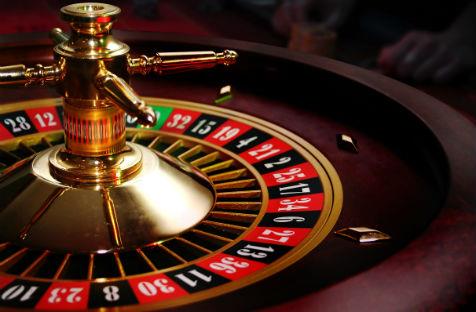The recent announcement that UK arts organisations will receive the equivalent of $AU 1.5 billion over four years has Australian arts organisations turning green, and with good reason.
Since the establishment of the National Lottery in Britain in 1993, government policy has ensured that most of the public money being spent on purchasing lottery tickets goes back into the community and there is a regulated structure that ensures arts, sports and heritage all get a cut, though the lion’s share goes to community projects.
Over the first few years of operation, the amount the three specialist sectors received had slipped but in 2010 after public consultation, it was agreed arts, heritage and sport would each get 20% of the earnings with the remaining 40% going to the Big Lottery Fund for other voluntary and community projects.
The Arts Council UK will receive nearly £260 million (AU$ 402 million) in the next financial year from this fund, part of an almost £1 billion (AU$ 1.5 billion) windfall between 2011 and 2015.
So what benefits does the arts gain from lotteries in Australia? Very little.
There is no national lottery that the government controls, although there is a State-based government lottery in WA.
Tattersalls, which runs Tattslotto and a range of other gaming products, is a private company, with the beneficiaries mostly the descendants of founder George Adams. As a private company Tattersals has no obligation to community benefit and when asked the company was strangely reticent to discuss its philanthropic work with ArtsHub, although it is known to give donations to hospitals, sporting events and the occasional arts festival.
TabCorp, which grew out of the publicly owned Victorian TAB, but is now a publicly listed company, runs the Keno lottery as well as racing and sports betting. It does produce significant funds for community use. During the year ended 30 June 2012 the Tabcorp Group contributed $78.7 million to community benefit funds in Victoria, New South Wales and Queensland.
These funds went to medical, sporting and community charities including Fare Share meals for the hungry, Riding for the Disabled, Life Saver Rescue and the Conservation Foundation but arts organisations were notably absent.
WA arts do better. Lotterywest is a Government entity and like the UK lottery returns all profits to the community, iarts and sports. Each year 5% of net subscriptions go to the Department of Culture and the Arts. Last year that provided $14 milllion to fund major arts organisations in WA.The Perth International Arts Festival and the film industry share a further 5%. Lotterywest also gives direct grants to a whole range of community arts related activity.
But the opportunity to use gaming funds for the benefit of the arts is tremendously under-utilised across most of Australia.
After 25 years in Britain and 10 years at the UK’s Heritage Lottery Fund, Kate Clark recently returned to Australia to head up Sydney Living Museums. At the recent Museums Australia Conference she spoke about the benefits arts and heritage organisations had received from lottery money and the far-reaching public value to communities that resulted.
Without similar government policy, it is unlikely the same value will be achieved in Australia.
Additional reporting: Jasmeet Sahi





